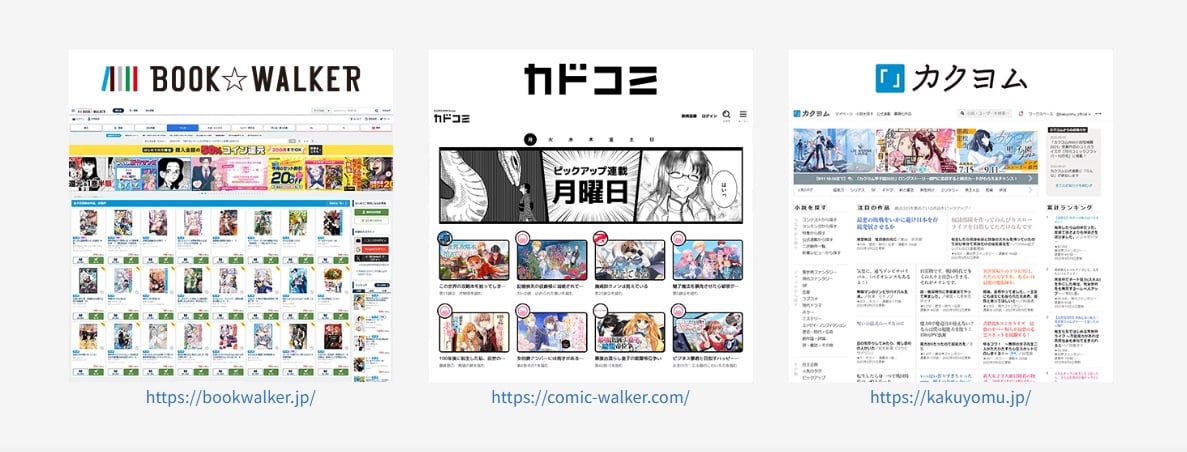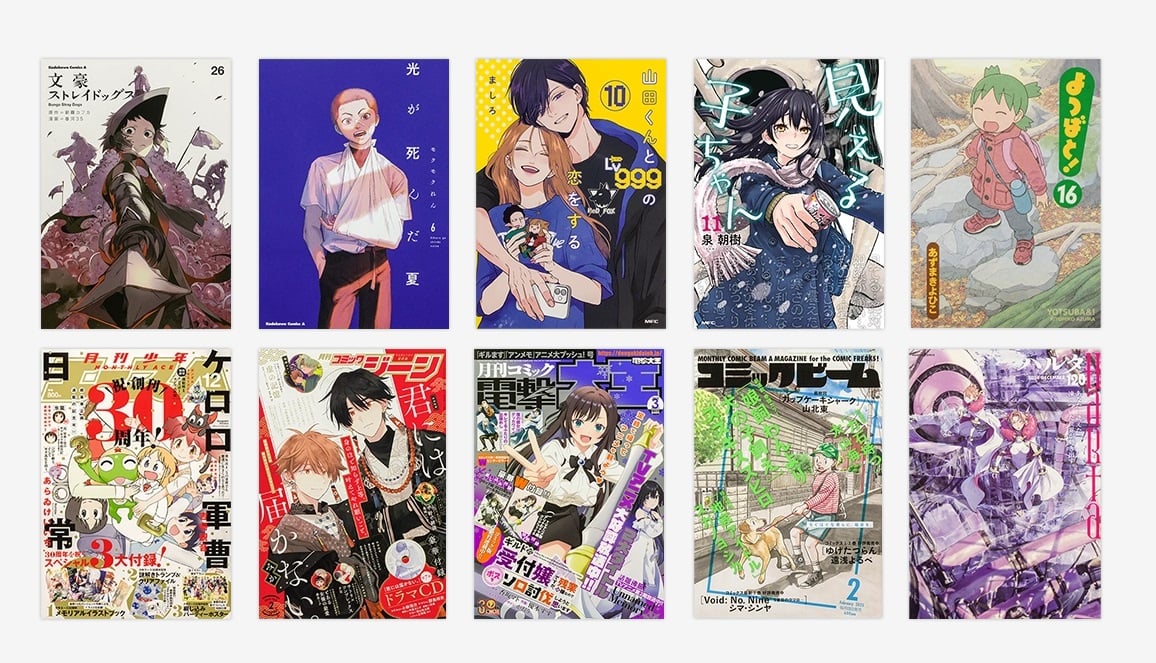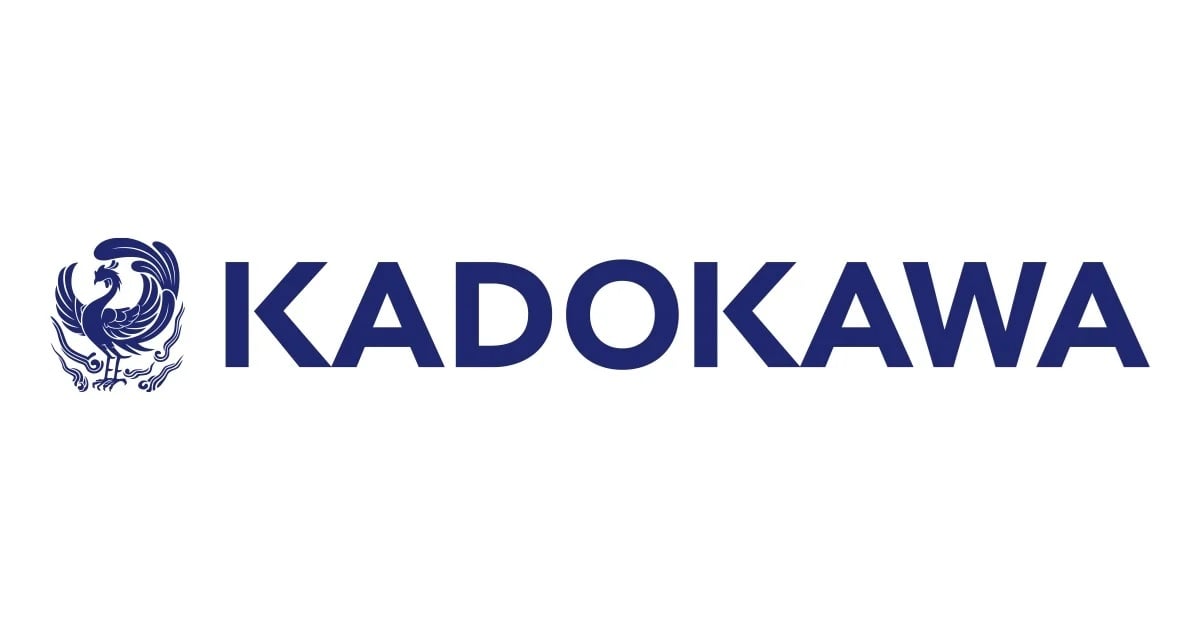Recently, Kadokawa announced the results of their Wordless World Manga Contest, featuring over 1,000 entries from over 100 different countries. The goal of the contest was to promote Japanese manga and discover up and coming manga artists from all over the globe. In a recent interview with Oricon News, members of Kadokawa’s overseas manga editorial team shared their goals for worldwide expansion and emphasized the necessity of broadening the talent pool of manga authors in Japan and overseas.
“Due to the popularization of digital comics in recent years, the number of supply points for manga has drastically increased compared to the past. However, there aren’t enough manga artists to meet the demands of the market, and our editorial teams have urgently taken on the task of scouting talented newcomers,” said Risa Tomisaki, member of Kadokawa’s Global Digital Book Office and Overseas Manga Editorial Department.

Noboru Segawa, Kadokawa’s IP executive producer heading multiple departments related to overseas publishing, stated that there is a particular shortage in the sphere of comic adaptations of light novels and books in the isekai genre. Despite the abundance of source material, there are overwhelmingly not enough manga artists that could make the adaptations, and many companies are competing to secure talented artists. “However,” Segawa remarks, “just joining the competition to secure talent won’t solve the fundamental issue of workforce shortage, as it doesn’t contribute to expanding the talent pool. Devising ways to discover and nurture popular authors is a crucial mission for our manga editors.” He notes that is the reason why Kadokawa decided to explore “the wide sea of overseas manga artists” and look for future talent there.

Segawa notes that, as Japan faces declining birth rates and an aging population, it will become increasingly difficult to create works aimed at younger audiences from a commercial perspective. However, he states that there is a potential for such works to succeed in areas with greater populations of young people, such as countries in Southeast Asia. This is why, he says, “The starting point for the works of upcoming manga artists doesn’t necessarily have to be in Japan.”
On a related note, Kadokawa’s anime branch has recently announced plans to raise the production value of their anime and further expand to the global market. One of Kadokawa’s officials stated that “The industry as a whole must raise the production budget and earn money via the global market,” listing countries like Brazil, Mexico and India as new potential candidates for the expansion of the anime industry.
Related article: Backed by Sony investment, Kadokawa is raising its target for original IP creation to 9,000 titles per year






I’m conflicted since personally I would rather have just the tried and true Japanese Manga artist. But since the rise of Viz’s Original manga one shots, Shueisha’s Manga Creators and the translation of japanese manga creation books I the eventual pivot to get more overseas creators.
They should probably do more region specific contests or get Sony to help foster a comiket type scene overseas to help kickstart the movement